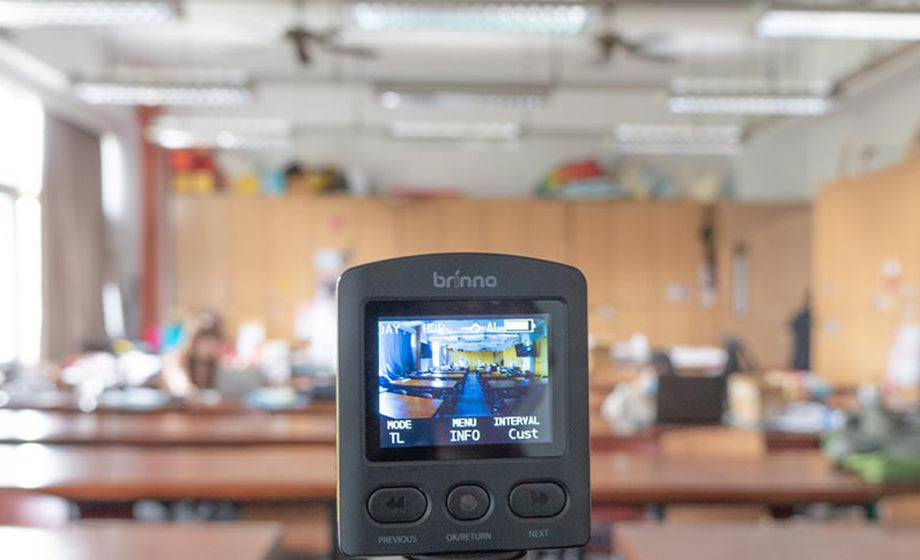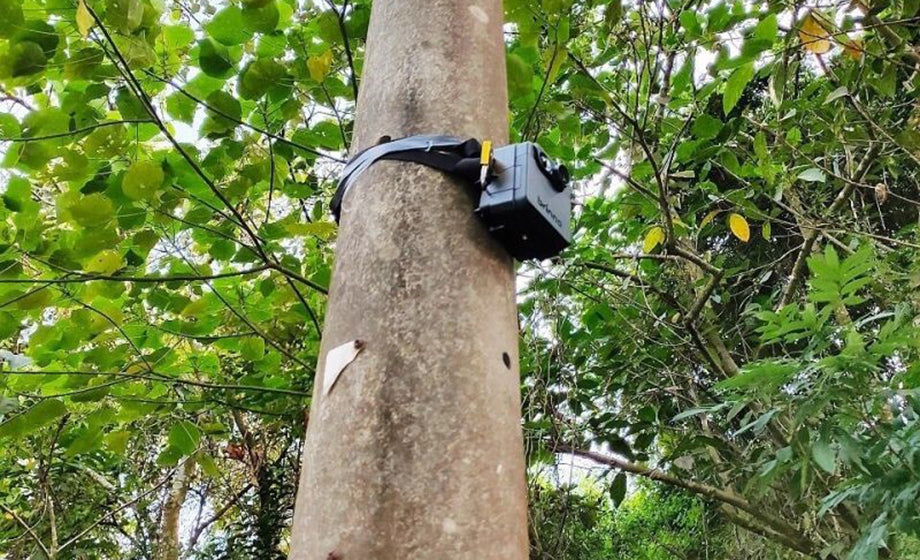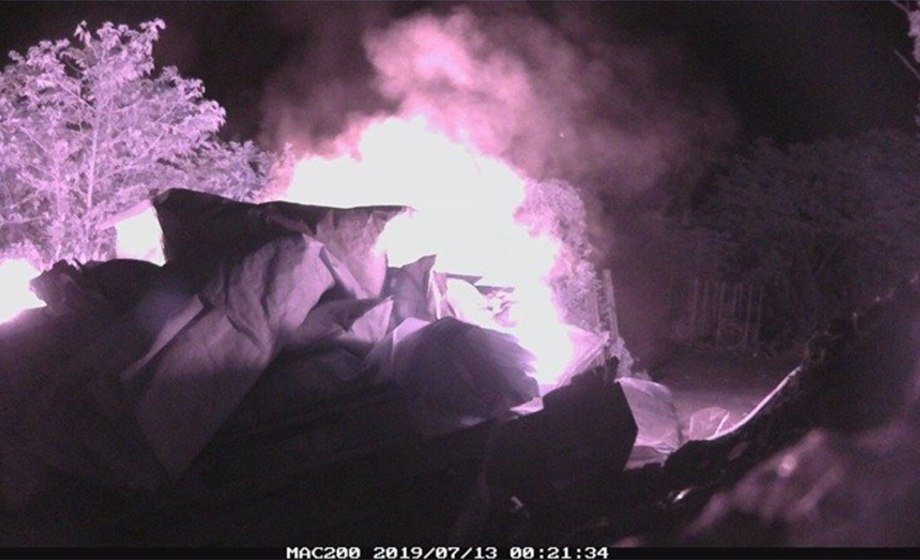In spite of the global coronavirus pandemic Taiwan has been able to keep university campuses open. Campuses are seen as high-risk areas due to their large student populations. If a positive infection case were to occur, a university would need to act fast to contain the breach and identify all those potentially affected. At the present time, most tertiary institutions do not have a seating plans for students and classes can have students from various disciplines, increasing the risk of virus transmission.
Original practice:
At the start of the class, teaching assistants take a picture of the students’ seating arrangement in addition to rollcall and a brief written record of student seating location. Information was then uploaded to the cloud for record keeping.

Cons:
The following problems were identified while using the original practice.
1.Added workload:
Daily rollcall, written record of student seating local, and class photo taken. All information is subsequently uploaded onto the cloud. All these steps increase the workload required for teaching assistants and professors.
2.Difficult to implement and manage :
Students can be late or move around the classroom during a lesson. It is impossible for the teaching assistant to record the entire lesson. This can cause omissions from official records and lead to holes in epidemic prevention planning.
3.Inconsistent data quality :
The equipment, camera angle, photo quality, and person recording information can change on a daily basis leading to inconsistent data.
4.Privacy concerns :
With increasing privacy concerns, organizations need to be critical of adopting CCTV cameras and other forms of surveillance that upload data onto the cloud.
Brinno Time Lapse Solution:


Department of Creative Design at YunlinUniversity of Science and Technology undertook a collaborative project withBrinno to set up time lapse cameras in classrooms, meeting spaces, and workshops. This project allowed for the cameras to be tested in real application scenarios and the following improvements were identified:
1.Significantly reduced workload :
Scheduled shooting settings allowed for photos to be automatically taken without needing daily intervention.
2.Easy data retrieval:
Files are automatically date and timestamped and can be viewed individually using playback software. With the automatic time stamp, files have important information easily available at a quick glance.
3.Wide view angle
One camera covers the whole 50 student classroom. Shooting angle is fixed so data can be quickly analyzed.
4.Easy installation:
The Brinno camera is battery powered, no need for wiring or construction, anyone can install the camera themselves.
5.Low maintenance :
Batteries last up to 100 days, cameras provide stable results without needing complicated maintenance. All that is required is occasional file backups and dust cleaning.
6.Privacy:
Photos are only taken during the epidemic and only used in the case that a classmate becomes infected. Data is saved internally, no need to fear hacking or other privacy concerns.

Q: Because the camerais not continuously recording, is there any risk of missed shots?
A: According to the Disease PreventionRegulations issued by the Ministry of Health and Welfare in Taiwan,"exposure is defined as a prolonged period (greater than 15 minutes) offace-to-face contact without proper protection". Therefore, we recommendusing a time interval of 5-10 minutes to effectively record all extendedface-to-face contacts.



